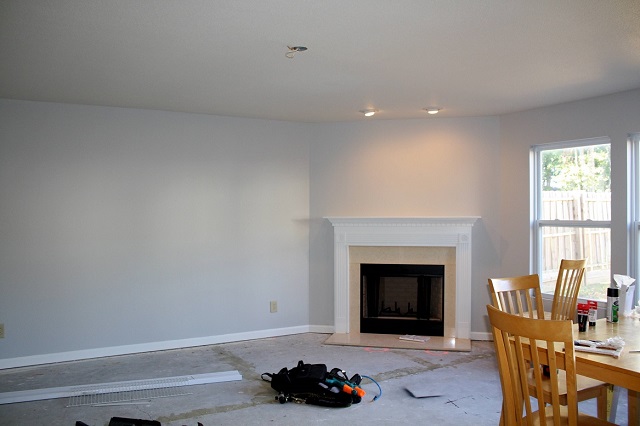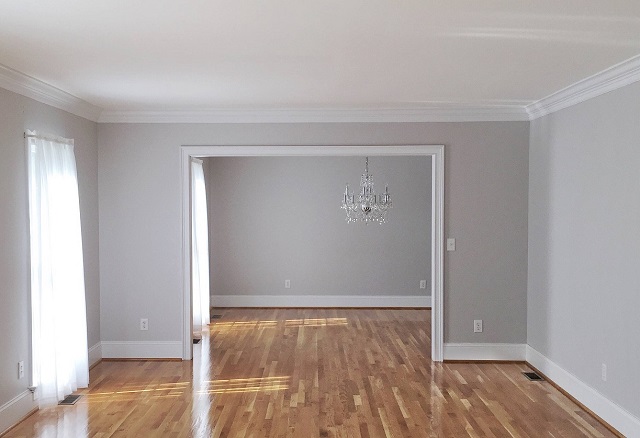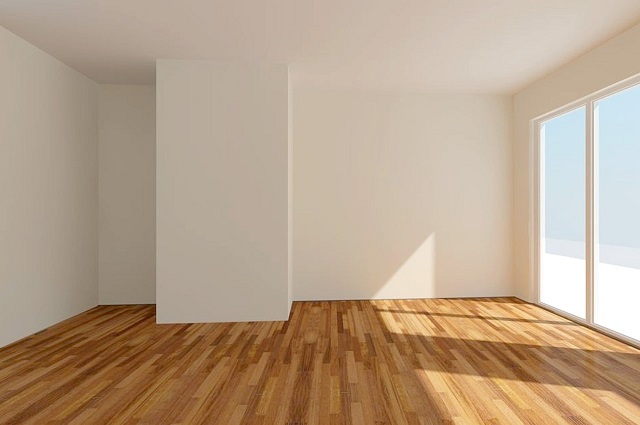Table of Contents
Preparation before starting the plastering process
To achieve a successful plastering outcome, thorough preparation is essential. Begin by ensuring that the surface to be plastered is clean, dry, and free of any loose debris. It is crucial to repair any cracks or holes present in the wall or ceiling before starting the plastering process. This will help create a smooth and uniform finish in the final plastered surface. Additionally, protecting the surrounding area with drop cloths or plastic sheeting can prevent any unnecessary mess and make the cleanup process more manageable once the plastering is complete.
Gathering all the necessary tools and materials ahead of time is a key step in preparing for the plastering process. This includes items such as plaster mix, trowels, buckets, water, and any other specific tools required for the type of plaster being used. Having everything organized and within reach will streamline the plastering process and help you achieve a more efficient and professional result. Taking the time to prepare adequately before starting the plastering process can make a significant difference in the quality and durability of the finished plastered walls and ceilings.
Choosing the right materials for plastering
When it comes to choosing the right materials for plastering, it is crucial to consider the specific requirements of your project. Plastering requires a combination of materials including plaster mix, water, a hawk and trowel, and possibly additives like bonding agents or texture enhancers. The plaster mix itself can vary based on the surface you are working on, such as gypsum plaster for interior walls or cement plaster for exterior finishes. Ensure that you select materials that are compatible with each other to achieve a strong and durable finish.
In addition to the basic plastering materials, it is important to invest in quality tools and equipment to ensure a smooth and efficient plastering process. A good quality trowel and hawk will help you apply the plaster evenly and smoothly, while a mixing drill can save you time and effort when preparing the plaster mix. Consider the scale of your project and choose materials and tools that are appropriate for the size and complexity of the job at hand. Combining the right materials with the proper tools will set a solid foundation for achieving a professional finish in your plastering project.
Understanding the different types of plaster
When it comes to plastering, it’s essential to understand the different types of materials available. The most common options include gypsum plaster, lime plaster, and cement plaster. Gypsum plaster, also known as plaster of Paris, is easy to work with and dries quickly, making it a popular choice for interior walls and ceilings. Lime plaster, on the other hand, is breathable and flexible, making it suitable for historic buildings or areas with high humidity levels. Cement plaster is durable and water-resistant, making it ideal for exterior surfaces or areas prone to moisture.
Each type of plaster has its unique characteristics and applications, so it’s crucial to select the right one based on the specific requirements of your project. Factors such as the environment, desired finish, and budget will all influence your choice of plaster. By understanding the strengths and limitations of different types of plaster, you can ensure a successful and long-lasting plastering job.
Applying the base coat of plaster
Before applying the base coat of plaster, it is crucial to prepare the surface properly. Ensure that the walls or ceilings are clean, dry, and free of any loose debris or old plaster. It is recommended to prime the surface with a suitable primer to promote adhesion and create a smooth base for the plaster to adhere to. Taking the time to prepare the surface adequately will result in a more durable and professional-looking finish.
When ready to apply the base coat of plaster, mix the plaster according to the manufacturer’s instructions. Consistency is key – the plaster should be smooth and free of lumps for easy application. Using a hawk and trowel, start by applying the plaster in a thin, even layer across the surface. Work methodically from one section to another, ensuring a consistent thickness throughout. Building up the base coat evenly will provide a solid foundation for the subsequent layers of plaster.
Creating a smooth finish with the top coat of plaster
With the top coat of plaster, it essential to focus on achieving a smooth and even finish. Begin by applying the plaster in thin layers using a trowel, working in small sections at a time to ensure uniform coverage. Use a hawk and trowel to spread the plaster evenly across the surface, making sure to feather the edges for a seamless transition between the old and new plaster.
Once the plaster has been applied, use a plastering float to smooth out any imperfections and create a level surface. This step is crucial in achieving a professional-looking finish, so take your time to ensure that the plaster is smooth and free of any bumps or ridges. Allow the plaster to dry completely before sanding it lightly with fine-grit sandpaper to further refine the surface.
Dealing with imperfections and irregularities in the plaster
When dealing with imperfections and irregularities in the plaster, it’s crucial to address them promptly to ensure a smooth and polished finish. One common issue is the presence of air bubbles trapped within the plaster, which can lead to unsightly blemishes on the surface. To fix this, gently tap the affected area with a putty knife to release the air and then smooth out the plaster with a trowel for a seamless look.
Another challenge that may arise is trowel marks left behind during the application of the plaster. To rectify this, lightly mist the surface with water and use a clean trowel to feather out the marks, blending them into the surrounding plaster. This technique helps achieve a uniform texture and minimizes the visibility of any imperfections, ensuring a professional-quality result.
Tips for achieving a professional-looking result
To achieve a professional-looking result when plastering, take the time to properly prepare the surfaces. This involves ensuring that the walls are clean, dry, and free of any debris that could affect the adhesion of the plaster. Use a primer or bonding agent to promote better adhesion and help the plaster adhere more effectively to the surface. Additionally, consider the temperature and humidity levels in the room, as these factors can impact the drying time and overall finish of the plaster.
When applying the plaster, work methodically and evenly to create a smooth and uniform finish. Use the proper tools, such as a hawk and trowel, to apply and spread the plaster evenly across the surface. Take care to avoid leaving behind any lumps or uneven patches, as these can be difficult to correct later on. Finally, allow the plaster to dry completely before proceeding with any additional coats or finishes to ensure a professional-looking result.
How to properly sand and smooth the plaster
To achieve a flawless finish on your plastered walls and ceilings, sanding and smoothing are essential steps in the process. Begin by using a fine-grit sandpaper to gently sand the surface of the dried plaster. This will help to level out any uneven areas and remove any rough patches or imperfections that may have appeared during application.
After sanding, it is important to use a damp sponge to smooth out the surface further. Gently glide the sponge over the plaster in circular motions to ensure a uniform and polished look. Pay close attention to areas that may be more rough or uneven, as these spots will need extra care to blend seamlessly with the rest of the surface.
• Use a fine-grit sandpaper to gently sand the surface of dried plaster
• Level out any uneven areas and remove rough patches or imperfections
• After sanding, use a damp sponge to smooth out the surface further
• Glide the sponge over the plaster in circular motions for a uniform look
• Pay close attention to rough or uneven areas for extra care
Painting and finishing the plastered walls and ceilings
After the plaster has fully dried and cured, it is ready for painting and finishing. Before applying any paint, it is essential to prepare the surface properly. This involves sanding down the plaster to remove any rough patches or imperfections. Use a fine-grit sandpaper to gently smooth out the surface, taking care not to remove too much plaster in the process.
Once the plastered walls and ceilings have been sanded and are smooth to the touch, it is time to apply a primer. Priming the surface before painting ensures better adhesion and helps the paint go on more evenly. Choose a primer that is suitable for plaster surfaces and apply it evenly using a roller or brush. Allow the primer to dry completely before proceeding with the final coat of paint.
Maintaining and caring for your newly plastered surfaces
To ensure the longevity of your newly plastered surfaces, it is crucial to establish a regular maintenance routine. One essential aspect of caring for plastered walls and ceilings is to avoid using harsh cleaning agents that could potentially damage the finish. Instead, opt for gentle cleaning solutions and soft cloths to wipe down the surfaces and remove any dust or dirt accumulation.
In addition to regular cleaning, it is beneficial to keep an eye out for any signs of wear and tear on the plastered surfaces. Promptly addressing minor issues, such as hairline cracks or chips, can prevent them from escalating into more significant problems that may require costly repairs. By staying vigilant and addressing any maintenance needs promptly, you can preserve the integrity and appearance of your newly plastered walls and ceilings for years to come.


